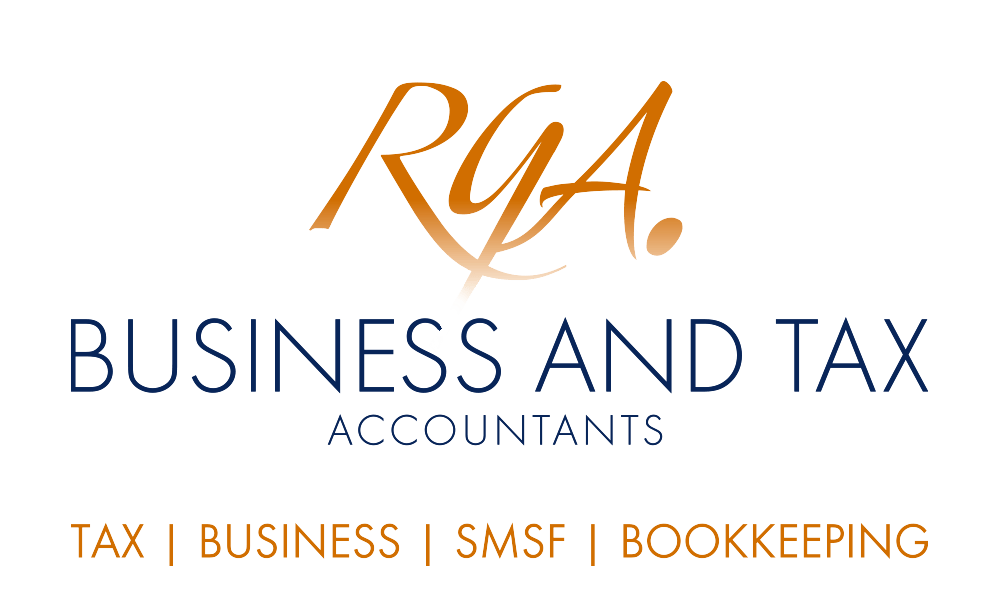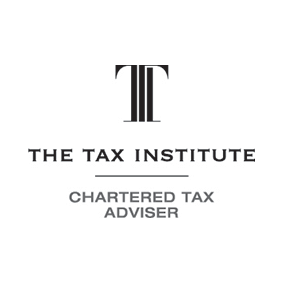Over 17,000 SMSFs that are heavily invested in one asset class will soon receive a "please explain" from the ATO to check whether they can justify their diversification risk. Diversification is just one of five key matters that all SMSF trustees must regularly review as part of their legally required investment strategy. Know the essential requirements and ensure your fund's strategy is up to scratch.
You've probably heard of the requirement to have an "investment strategy" for your SMSF, but do you really know what's required?
Making an investment strategy is not only a formal legal requirement, but also a useful prompt for SMSF trustees to define their own retirement goals, carefully consider their investments and seek advice if needed. And having a well-reasoned investment strategy will always work in your favour in an ATO audit situation.
So, what exactly is required? There's no prescribed format for what your strategy must look like, but it must be in writing and must be "reviewed regularly".
The ATO recommends reviewing the strategy when a member joins or leaves the fund or when the fund begins paying an income stream to a member, but arguably it should be reviewed periodically even when these events do not occur. Each time you review the strategy, the outcome of your review should be recorded in writing.
By law, SMSF trustees must have regard to all relevant circumstances of the fund when setting the investment strategy. This could include a wide range of factors like the age of the members, their ability to make contributions and their level of risk tolerance. However, there are five specific matters that trustees must take into account. These are discussed below:
(a) Risk
Trustees must consider the risk involved in making, holding and selling the fund's investments, and the likely return they're expected to generate (having regard to the fund's objectives and expected cash flow requirements). Trustees should ask themselves: is this an appropriate level of risk for the members at this point in their lives?
(b) Diversification
How diverse are your SMSF's assets? Trustees must consider whether inadequate diversification will expose the fund to unnecessary risk.
If you've heavily invested in a particular asset or asset type, could a market downturn or other investment risk have a significant adverse effect on the value of member benefits and/or income earned by the fund? The ATO says it's contacting over 17,000 SMSFs that appear to have 90% or more of their fund invested in a single asset class. Therefore, trustees should always be prepared to explain their investment decisions with a well-written investment strategy.
(c) Liquidity and cash flow requirements
Liquidity means how easy it is to sell an asset and convert it to cash. Trustees must consider their liquidity needs in light of the fund's cash flow requirements (see more on "liabilities" below.) If your fund has "lumpy" assets like real estate and minimal cash, this could present a cash flow problem.
(d) Liabilities
Trustees must consider their ability to meet both existing and future liabilities. This would include things like the SMSF's operating expenses, tax liabilities, insurance premiums and costs of managing its assets (eg real estate).
Two important liabilities that trustees often need to consider when planning fund investments are:
- Income stream payments to members. Once a member commences an income stream, there are minimum amounts that must be withdrawn each year in cash.
- Loan repayments on any "limited recourse borrowing arrangement" undertaken by the fund to buy an asset.
(e) Insurance
It's possible to hold various types of insurance within superannuation, including cover for death, total and permanent disablement, temporary incapacity and terminal medical conditions. The trustees must consider whether the SMSF should hold cover for its members, which requires the trustees to consider the particular circumstances of the members.
Does your strategy stack up?
The ATO's warning about diversification is a timely reminder for SMSF trustees to review their strategies. Contact our office if you have any questions about investment strategy requirements or for assistance documenting your fund's strategy. We can refer you to our independent financial planner to update this for you.
IMPORTANT: This communication is factual only and does not constitute financial advice. Please consult a licensed financial planner for advice tailored to your financial circumstances . Email us at Robert Goodman Accountants at reception@rgoodman.com.au . © Copyright 2020 Thomson Reuters. All rights reserved. Brought to you by Robert Goodman Accountants.










